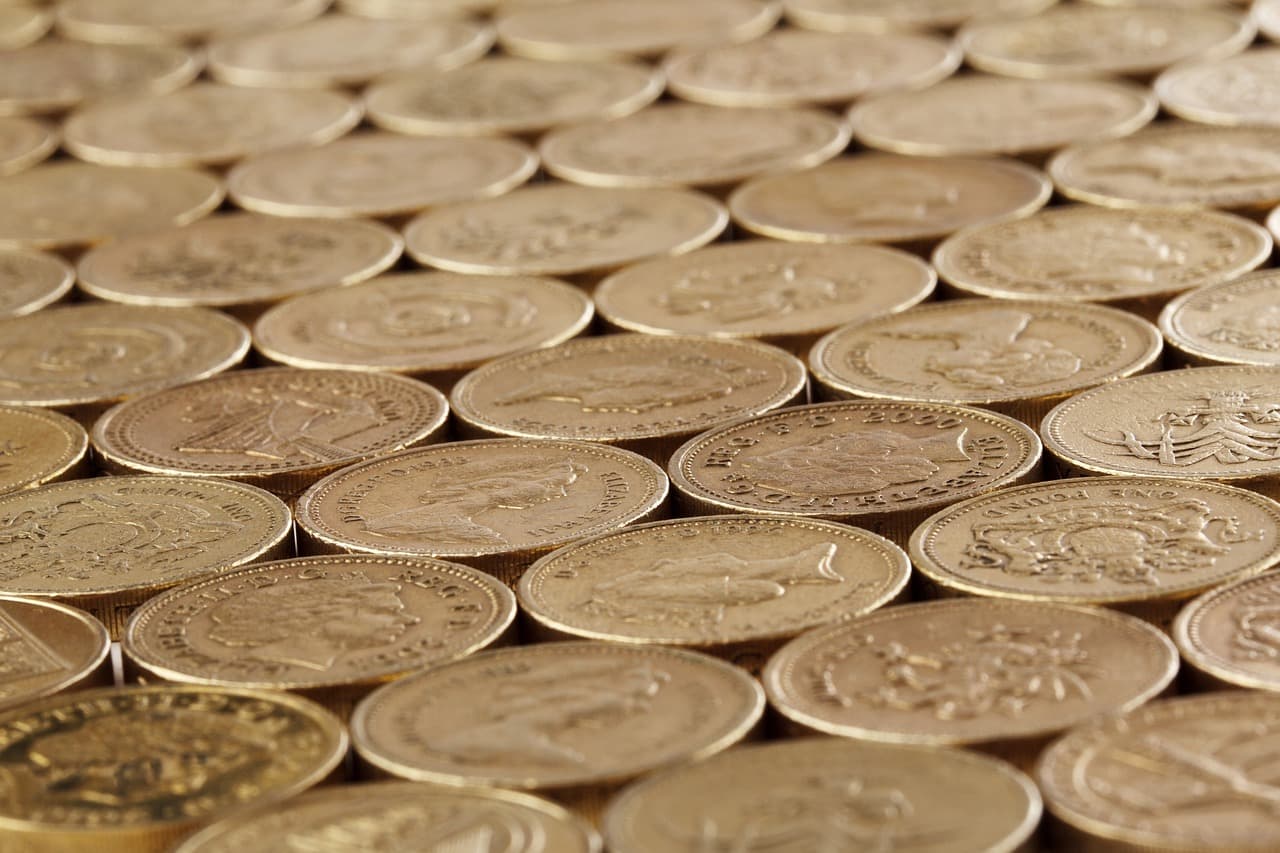
With the Gold Sovereign being one of the most sought after coins, for its sheer beauty and resilience, we thought this was the perfect time to delve a little deeper into the history of the sovereign, looking at where it first began and how it has become what we know today.
The First Gold Sovereign
The very first gold sovereign was struck on 28th October 1489, during Henry VII’s reign. As king, he ordered his Royal Mint to produce ‘a new money of gold’, and with this they created a coin of great size and beauty.
Of course, gold coins had been in circulation for over a hundred years before that point, meaning the Sovereign wasn’t the first gold coin to be minted in England. However, it was the most valuable at the time.
The obverse of the coin featured a seated portrait of Henry VII on his throne, wearing the long coronation gown. While the reverse featured the royal arms with a double rose to symbolise the union of York and Lancaster after the Wars of the Roses.
The sheer size and design of this sovereign coin sent out a clear message of stability after the wars. It also lead the way for succeeding monarchs to strike their own versions, signalling the ongoing wealth and success of the kingdom.
The reign of King James I saw a reduction in weight of the sovereign in 1604 which led to it being renamed the ‘Unite’. It was renamed again in 1619 with a further reduction in weight, and then restored to the name Unite under King Charles II. The ‘sovereign’ then disappeared from our coinage for over 150 years.
The Return of the ‘New’ Sovereign
The main difference however, was that the new 1817 22ct gold sovereign was almost half the weight and diameter of the original, while still retaining that initial beauty and strength. The reverse featured an image of St George and the dragon, designed by Benedetto Pistrucci.
Later, in 1825, the image of St George was replaced for a more conventional image of the royal coat of arms. However, this design received much criticism and was later St George reinstated during Queen Victoria’s reign.
The Most Famous Design
Since being reinstated in Queen Victoria’s reign, Pistrucci’s design has appeared on the Sovereigns of every monarch, leading right up to the present day. The only exceptions to this have been five sovereigns of Her Majesty The Queen’s reign, including the issue for Her Golden Jubilee in 2002.
In 2017, the gold sovereign celebrated its 200th anniversary, and for this year, the coin featured a special commemorative shield mint mark, placed below the dragon, to signify the anniversary. Special coins minted for collectors, in what is known as Proof quality, featured the original Pistrucci design of 1817 in that year. They have quickly become highly prized and change hands at many times their issue price.
Since being struck in 1489, the gold sovereign has been through retirement and reinvention, only to become one of the most famous and well-respected coins in the world. Now highly prized and instantly recognisable by collectors, the sovereign is much sought after every single year. Which Gold Sovereign are you looking to add to your collection? Let us know over on Facebook.


